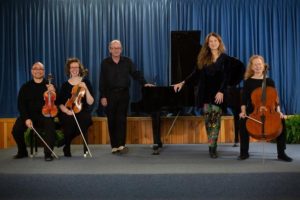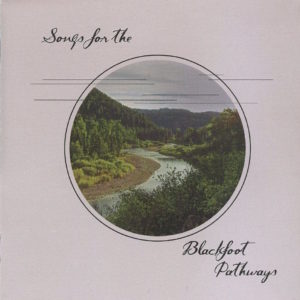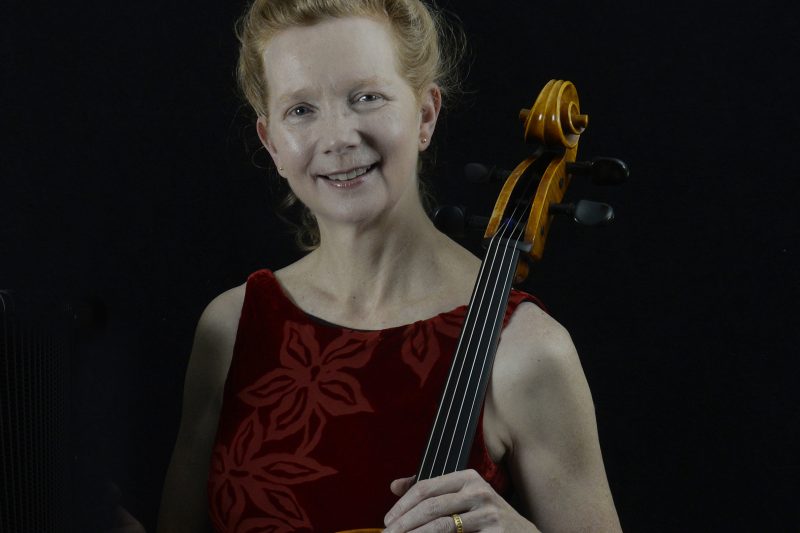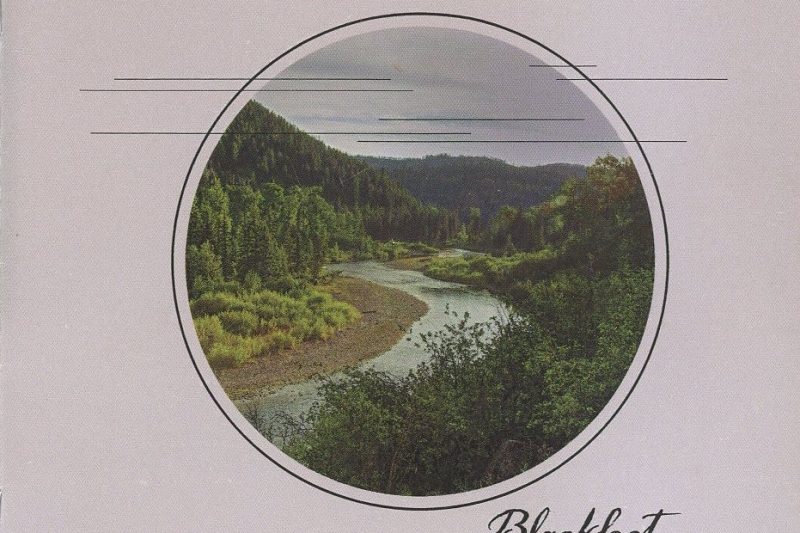Irish cellist Adele O’Dwyer, soon-to-be composer-in-residence at Lincoln’s Sculpture in the Wild international sculpture park, was commissioned to write original music celebrating the community and its surroundings. Her work premiered in 2018 during the five-year anniversary of the park and the 100-year commemoration of the Lincoln Community Hall.

O’Dwyer visited in the park in 2017, drawing inspiration from the rich history of Lincoln and the Blackfoot Valley – the culture, environment, and industrial heritage. She also researched the tribal peoples that traveled through this wondrous landscape.
The composition, conceived as “an episodic one-movement work,” finds four song-poems flowing seamlessly one into the other. Silence, tempo changes, and instrumental snippets signal the end of one and beginning of another.
Musicians performing with O’Dwyer are violinist Marvin Suson, pianist Cullen Bryant, O’Dwyer’s daughter and violist, Aoise, and sister, soprano Pan Morigan. Together they weave a mesmerizing tapestry of sounds from the perspective of native stories.
Victor Charlo and Heather Cahoon, First Nations poets of the Confederated Salish and Kootenai Tribes, gave O’Dwyer permission to base her work on their poems.
Cahoon’s “Wasp” starts the journey. As if from a bee’s-eye view, we see the arrival of newcomers. Morigan’s piercing spoken-word delivery is sharp and breathy, her voice rising.

“A conversation exists beyond reach. You hear it beneath the sound of paper-crisp wings … see colonies busy building their homes on your land …” With quick bow strokes, the violin hovers, wing-like, ominous. The cello adds brusque, sinister notes here and there.
Percussive knocks, and then: “Coyote trots near your feet, keeps Fox at his side and together they keep you alive.” Quiet piano arpeggios, then in comes Morigan, “This entire story played out in the sky …”
In Charlo’s “Buffalo,” Morigan sings “Buffalo on the edge of life,” followed by a few phrases in Salish. With a playful plucking of strings as the piano scampers around the lyrics, she vocalizes, “We sing ancient songs … we dream of a new life full of wonder …” The instruments build, race up the scale, then tumble down in a cascade of notes, ending with a flourish.
Charlo’s “Eagles” finds the raptors high on their perch above the Flathead River, waiting to swoop onto prey. The piano plays intervals of fourths, the two tones creating anxiety, imitating the wait and watch. Sprightly violin and viola join Morigan in unison as she repeats “Eagles waiting for the hunt.” What atmosphere!
Cahoon’s “Elk Thirst” comes last. Quiet and classical, it opens with piano arpeggios preceding Morigan’s vocals. The ballad-like pace and long sustained notes befit a gorgeous melody. “One elk steps into blurred water and drinks … his thoughts improbable, he looks and drinks the sky.”
The audience is so enraptured that one barely notices it’s a live recording until the end, when raucous clapping recognizes a terrific accomplishment.
Visit sculptureinthewild.com.
– Mariss McTucker

